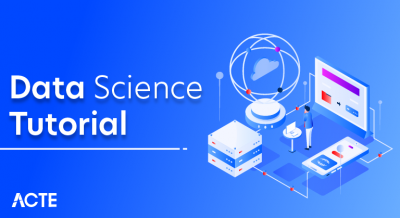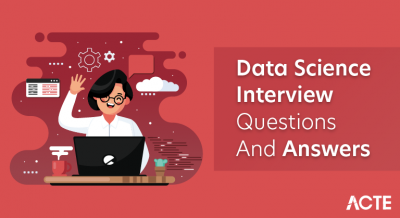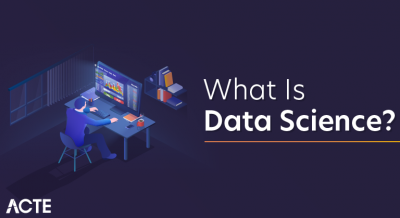
- Introduction to HR Analytics
- Importance of Data in HR Decision-Making
- Key Metrics and KPIs in HR Analytics
- Tools and Software for HR Data Analysis
- Predictive Analytics in HR
- Employee Performance and Retention Analysis
- Recruitment and Talent Acquisition Insights
- Workforce Planning and Optimization
- Data Privacy and Ethical Concerns in HR Analytics
- Real-World Applications of HR Analytics
- Benefits and Challenges of HR Analytics
- Future Trends in HR Analytics
- Conclusion
Introduction to HR Analytics
HR Analytics, also known as People Analytics, involves applying data analysis techniques and tools within human resource functions to enhance decision-making and improve organizational performance. By leveraging data, HR professionals gain insights into various aspects of the workforce, such as recruitment processes, employee retention, performance, and overall organizational health. This field has advanced significantly, especially with the growth of big data and the use of sophisticated analytical tools, enabling HR teams to make informed, data-driven decisions. A key contributor to this evolution is the increasing accessibility of Data Science Training which equips HR professionals with the necessary skills to interpret complex datasets and apply analytical methods effectively. Historically, HR decisions were based on intuition and subjective judgment, but the rise of HR Analytics has enabled organizations to rely on concrete data to guide strategy. This transformation allows companies to track KPIs, assess workforce trends, and predict future outcomes. By analyzing employee behavior and performance patterns, HR teams can make better-informed choices that improve business results and boost employee satisfaction. As reliance on data-driven insights grows, HR departments are now better positioned to optimize hiring, retain top talent, and align organizational strategies with the evolving needs of the workforce, ultimately contributing to overall business success.
Would You Like to Know More About Data Science? Sign Up For Our Data Science Course Training Now!
Importance of Data in HR Decision-Making
The role of data in HR decision-making is crucial and cannot be emphasized enough. Data-driven insights enable HR professionals to move beyond assumptions and make informed decisions that are aligned with organizational objectives. For instance, data on employee performance, engagement, and satisfaction allows HR teams to identify high performers, understand productivity drivers, and pinpoint areas requiring improvement. A major advantage of incorporating data in HR is its predictive capability. For example, predictive analytics can anticipate which employees are most likely to leave the company, providing HR with the opportunity to implement retention strategies. As HR analytics continues to evolve, many professionals are beginning to Explore Artificial Intelligence Techniques to enhance their ability to interpret complex data and automate key HR processes. Similarly, analyzing recruitment data helps organizations attract top talent by identifying the most effective sourcing channels and selection criteria. Additionally, data ensures fairness and transparency in HR practices. Through data analytics, HR teams can assess the effectiveness of diversity and inclusion initiatives, promote equitable compensation practices, and ensure that hiring and promotion decisions are merit-based, rather than influenced by bias. Ultimately, the use of data in HR not only enhances decision-making but also fosters a more transparent, fair, and efficient approach to managing human resources.
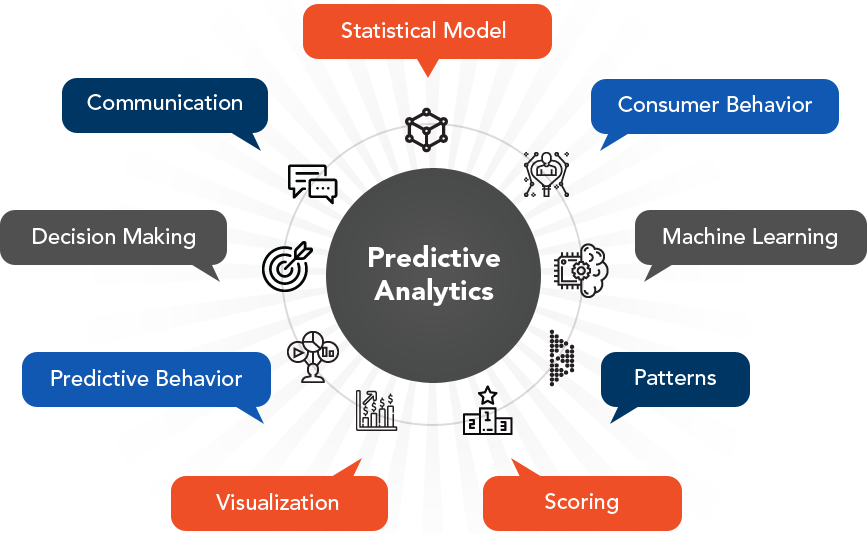
Key Metrics and KPIs in HR Analytics
HR analytics relies heavily on specific metrics and KPIs to assess the effectiveness of HR activities and their impact on the business. These metrics can be broadly classified into three categories: recruitment, employee performance, and retention.
-
Recruitment Metrics:
- Time to Fill: The average time it takes to fill a job vacancy.
- Cost per Hire: The total cost incurred during the recruitment process divided by the number of hires.
- Quality of Hire: A measure of the value new hires bring to the organization, often assessed by their performance and retention rates.
- Source of Hire: The channels through which new employees are sourced (e.g., job boards, referrals, or social media). Employee Performance Metrics:
- Employee Productivity: A measure of how efficiently employees perform their tasks, often evaluated through output or results.
- Engagement Levels: Employee commitment to their roles and the organization, typically measured through surveys.
- Training Effectiveness: An assessment of how well employees improve their skills after completing training programs. Retention Metrics:
- Employee Turnover Rate: The percentage of employees who leave the company over a given period.
- Employee Retention Rate: The percentage of employees who remain with the company for a specified period.
- Employee Satisfaction: This metric measures the overall satisfaction of employees with their work environment, compensation, and career prospects.
By monitoring these metrics, HR departments can assess the effectiveness of their policies and programs, optimize their recruitment strategies, and improve employee engagement and retention.
Tools and Software for HR Data Analysis
The increasing demand for HR Analytics has driven the development of a wide range of tools and software designed to help HR professionals collect, analyze, and visualize data, making it easier to convert raw data into actionable insights. Notable HR analytics tools include SAP SuccessFactors, a cloud-based HR software suite offering modules for recruitment, performance management, compensation, and learning management, all enhanced with advanced analytics features. Another key tool is Workday, a comprehensive cloud-based human capital management (HCM) solution with powerful analytics capabilities that improve HR decision-making across areas like recruitment, talent management, and compensation. ADP DataCloud provides real-time insights into workforce trends, compensation, performance, and turnover rates, aiding HR professionals in making informed decisions. Tableau, a popular data visualization tool, allows HR teams to create dashboards and reports, helping them track key metrics and trends in real-time. Microsoft Power BI is a business analytics service that helps organizations visualize data, track KPIs, and generate insights from HR data to support better decision-making. To stay competitive in the evolving field, many professionals rely on the Data Science Learning Path to build the foundational skills required to effectively use analytics tools in HR. Visier, an advanced people analytics platform, provides HR teams with insights into workforce trends, employee performance, and predictive analytics for talent management. These tools enable HR departments to gather data from multiple sources, analyze it, and present the findings in an accessible format, empowering HR professionals to take action based on data-driven insights for improved decision-making and organizational performance.
Do You Want to Learn More About Data Science? Get Info From Our Data Science Course Training Today!
Predictive Analytics in HR
Predictive analytics in HR involves the use of statistical models and machine learning algorithms to forecast future outcomes based on historical data. This approach is becoming increasingly vital in HR decision-making, as it enables HR teams to anticipate potential challenges and take proactive measures. For instance, predictive analytics can help organizations predict which employees are most likely to leave the company. By analyzing factors like job satisfaction, performance reviews, compensation, and tenure, HR can identify employees who may be at risk of leaving and implement retention strategies before they depart. Predictive models can also assist HR teams in forecasting future hiring needs, optimizing workforce planning, and anticipating skill gaps. In understanding market trends and compensation structures, many HR professionals reference insights such as the Data Engineer Salary in India to benchmark roles and refine retention strategies. Moreover, predictive analytics can be used to evaluate the potential success of new hires. By examining past hiring data, organizations can pinpoint the characteristics of successful employees and refine their recruitment strategies to attract candidates who are more likely to thrive in the organization. This enables HR departments to make more informed decisions, reduce turnover, improve workforce planning, and ensure that the right talent is brought on board to drive organizational success.
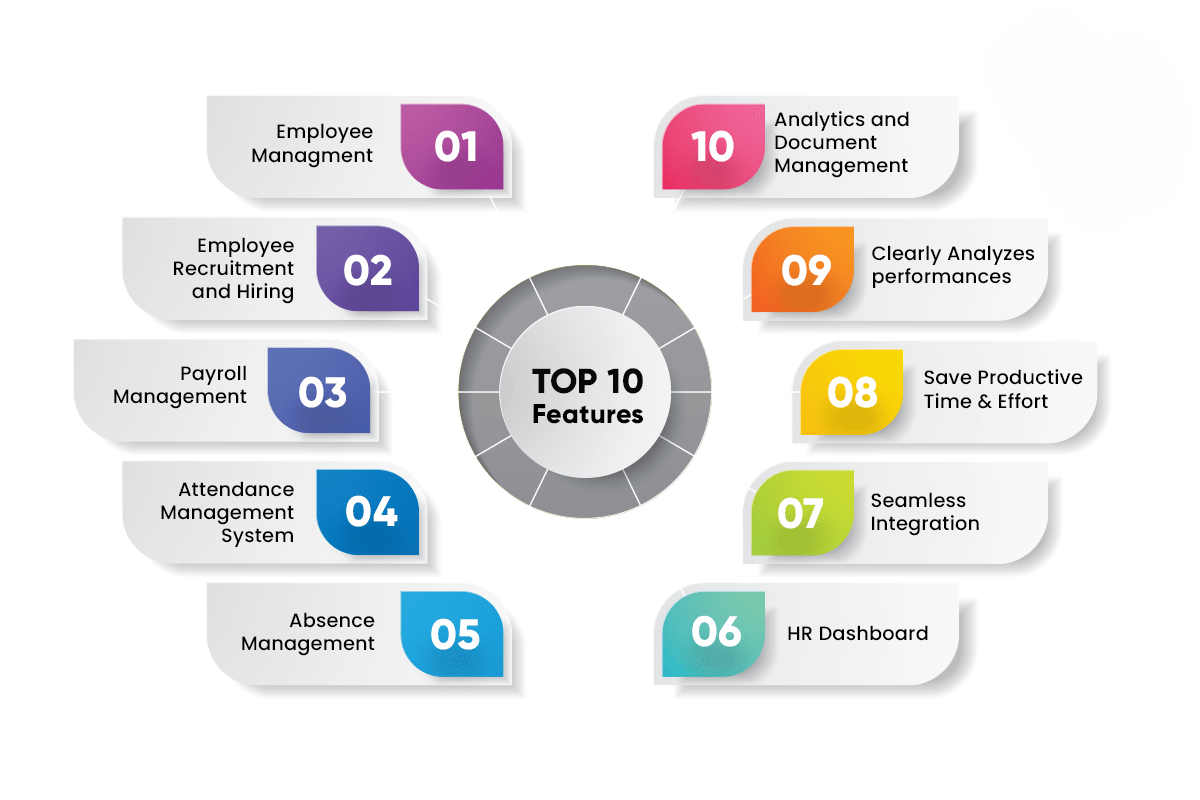
Employee Performance and Retention Analysis
HR analytics plays a vital role in evaluating employee performance and improving retention. By leveraging performance data, HR teams can uncover valuable insights about what drives success, identify high performers, and understand the factors that contribute to their achievements. This information helps organizations retain top talent and provide targeted development opportunities. Additionally, retention analysis is essential for reducing turnover and maintaining a stable workforce. Here are the key points:
- Assessing Employee Performance: HR analytics helps evaluate individual performance and identify high performers, allowing for better recognition and reward systems.
- Identifying Success Factors: By analyzing performance data, HR teams can pinpoint factors that contribute to employee success, aiding in the development of strategies to replicate high performance across teams.
- Targeted Development Opportunities: With insights from performance data, HR can create targeted training and development programs to help employees grow and thrive within the organization.
- Employee Retention: Retention analysis helps identify patterns and factors that contribute to turnover, such as compensation issues, lack of growth opportunities, or poor work-life balance.
- Turnover Data & Employee Feedback: By analyzing turnover rates and gathering employee feedback, HR can uncover the root causes of attrition, which can guide intervention strategies.
- Proactive Retention Strategies: HR can design retention interventions, such as offering competitive pay, creating career advancement opportunities, and improving employee engagement initiatives.
- Improving Workforce Stability: By addressing issues identified through retention analysis, HR teams can foster a more stable and engaged workforce, reducing turnover rates and enhancing organizational performance.
Recruitment and Talent Acquisition Insights
HR analytics has a profound impact on recruitment and talent acquisition. By analyzing data from past recruitment campaigns, HR teams can gain valuable insights into which sourcing channels, job descriptions, and candidate profiles lead to the best hires. Metrics such as time to fill, cost per hire, and source of hire can help HR professionals refine their recruitment strategies and reduce hiring costs. Additionally, HR analytics enables organizations to evaluate the effectiveness of their recruitment processes. A growing number of professionals are turning to Data Science Training to build the analytical skills necessary for interpreting recruitment data and driving smarter hiring decisions. For example, by tracking the success of candidate screenings, interview processes, and onboarding experiences, HR can identify areas for improvement and optimize their hiring processes to attract top talent more efficiently.
Want to Pursue a Data Science Master’s Degree? Enroll For Data Science Masters Course Today!
Workforce Planning and Optimization
Workforce planning involves aligning an organization’s workforce with its strategic goals. HR analytics is essential in optimizing this process by providing valuable insights into current workforce trends, skill gaps, and future needs. By analyzing various data points, such as employee skills, performance, and turnover rates, HR teams can effectively identify areas where additional resources are required. Here are the key points:
- Aligning Workforce with Strategic Goals: Workforce planning ensures that an organization’s talent is aligned with its long-term objectives. helping to drive business success.
- Identifying Skills Gaps: HR analytics helps identify skill gaps within the workforce, ensuring that employees are equipped with the necessary skills to meet the organization’s goals.
- Analyzing Workforce Trends: By examining data on employee performance, turnover rates, and other factors, HR can gain insights into trends affecting workforce stability and efficiency.
- Predicting Future Workforce Needs: HR can forecast future workforce requirements based on factors like business growth, retirements, and changes in the external market, allowing for proactive planning.
- Strategic Hiring and Development: Insights from HR analytics guide strategies for recruitment, training, and development, ensuring that the organization has the right talent to meet upcoming challenges.
- Optimizing Resource Allocation: By understanding current and future workforce needs, HR can make informed decisions about resource allocation, helping to avoid overstaffing or understaffing.
- Enhancing Workforce Readiness: Workforce planning supported by HR analytics ensures that the organization remains adaptable and well-prepared to meet future demands.
- Improved Decision-Making: HR analytics provides objective data that enables HR professionals to make informed decisions, leading to more effective strategies and outcomes.
- Better Talent Management: By analyzing performance data and employee trends, HR teams can optimize talent acquisition, development, and retention strategies.
- Increased Employee Engagement: Data insights help HR identify factors that affect employee engagement, enabling them to implement targeted initiatives that boost morale and productivity.
- Enhanced Organizational Performance: With a data-driven approach, HR can align talent management strategies with organizational goals, driving overall performance and success. Challenges:
- Need for Skilled Professionals: The successful implementation of HR analytics requires skilled professionals capable of analyzing and interpreting complex data accurately.
- Ensuring Data Accuracy and Completeness: HR teams must ensure the data used for analysis is accurate, complete, and up-to-date to avoid misleading conclusions.
- Privacy and Data Security Concerns: With the collection and analysis of sensitive employee data, organizations must address concerns regarding privacy and ensure robust data security measures are in place. For those interested in understanding the fundamentals of data analysis and its security implications, many professionals turn to resources like Data Science from Scratch to build a solid foundation in the field.
- Investment in Tools and Training: To overcome these challenges, organizations must invest in the right tools, technologies, processes, and ongoing employee training to maximize the effectiveness of HR analytics.
- Integration with AI and Machine Learning: As AI and machine learning technologies evolve, HR analytics will become even more predictive and personalized, helping HR teams make real-time decisions based on dynamic data.
- Real-time Analytics: HR professionals will increasingly rely on real-time data to make immediate decisions, improving responsiveness to issues such as employee engagement and performance.
- Employee Experience Analytics: As organizations focus more on the overall employee experience, HR analytics will be used to track and improve factors like work-life balance, career development, and organizational culture.
- Advanced Workforce Analytics: Organizations will continue to enhance their workforce planning strategies by leveraging data to predict future workforce needs, skill gaps, and potential leadership succession.
Data Privacy and Ethical Concerns in HR Analytics
While HR analytics offers significant benefits, it also raises concerns about data privacy and ethics. HR professionals must handle sensitive employee data responsibly and ensure compliance with data protection regulations such as the General Data Protection Regulation (GDPR) in Europe and other local laws. For example, collecting and analyzing employee data such as performance reviews, compensation history, and personal information must be done with care to avoid discrimination, bias, or misuse of the data. Additionally, HR teams must ensure that employees are aware of how their data is being used and obtain their consent where necessary. Ethical concerns also extend to the use of predictive analytics in HR. Predictive models can sometimes reinforce existing biases, such as gender, race, or age biases, if the data used to train the models is biased. HR professionals may also refer to resources like the Data Engineer Salary to ensure that compensation data is aligned with market trends and avoid any inadvertent bias in salary decisions. It is crucial for HR teams to ensure that their models are fair and transparent and that decisions are based on merit rather than any form of discrimination.
Real-World Applications of HR Analytics
HR analytics is being used in various industries to drive business outcomes. For example, in the retail industry, HR teams use analytics to optimize staffing levels, predict turnover, and design training programs for employees. In the healthcare sector, HR analytics helps improve employee retention by analyzing factors that contribute to burnout and dissatisfaction among healthcare workers. In the tech industry, HR analytics is used to assess the effectiveness of recruitment strategies and optimize employee development programs. By leveraging HR data, companies can create a work environment that fosters innovation, enhances productivity, and supports employee well-being.
Benefits and Challenges of HR Analytics
HR analytics offers several significant benefits, such as improved decision-making, better talent management, increased employee engagement, and enhanced organizational performance. By using data-driven insights, HR professionals can move beyond intuition, allowing them to develop more efficient and effective strategies. Below are the key benefits and challenges associated with HR analytics:
Benefits:By addressing these challenges, organizations can fully realize the potential of HR analytics, improving their HR practices and contributing to overall business success.
Future Trends in HR Analytics
The future of HR analytics is bright, with new trends emerging that will continue to shape the field. Some of these trends include:
Conclusion
In conclusion, HR analytics is revolutionizing how organizations manage their workforce. By utilizing data and advanced analytics, HR professionals can make informed, data-driven decisions that lead to better outcomes for both employees and the business. This shift helps improve talent management, employee engagement, and overall organizational performance. A critical factor in enabling this transformation is access to Data Science Training which empowers HR teams with the skills needed to interpret complex data and apply analytical techniques effectively. However, the success of HR analytics will depend on addressing challenges such as ensuring data privacy, navigating ethical considerations, and effectively integrating new technologies. As organizations continue to adopt and refine HR analytics practices, it is crucial to overcome these barriers to fully harness its potential. The future of HR analytics is bright, offering opportunities to optimize human resources, enhance strategic decision-making, and drive business growth. With the right tools, processes, and focus on privacy and ethics, HR analytics will continue to evolve, making a significant impact on the way organizations attract, develop, and retain talent.


